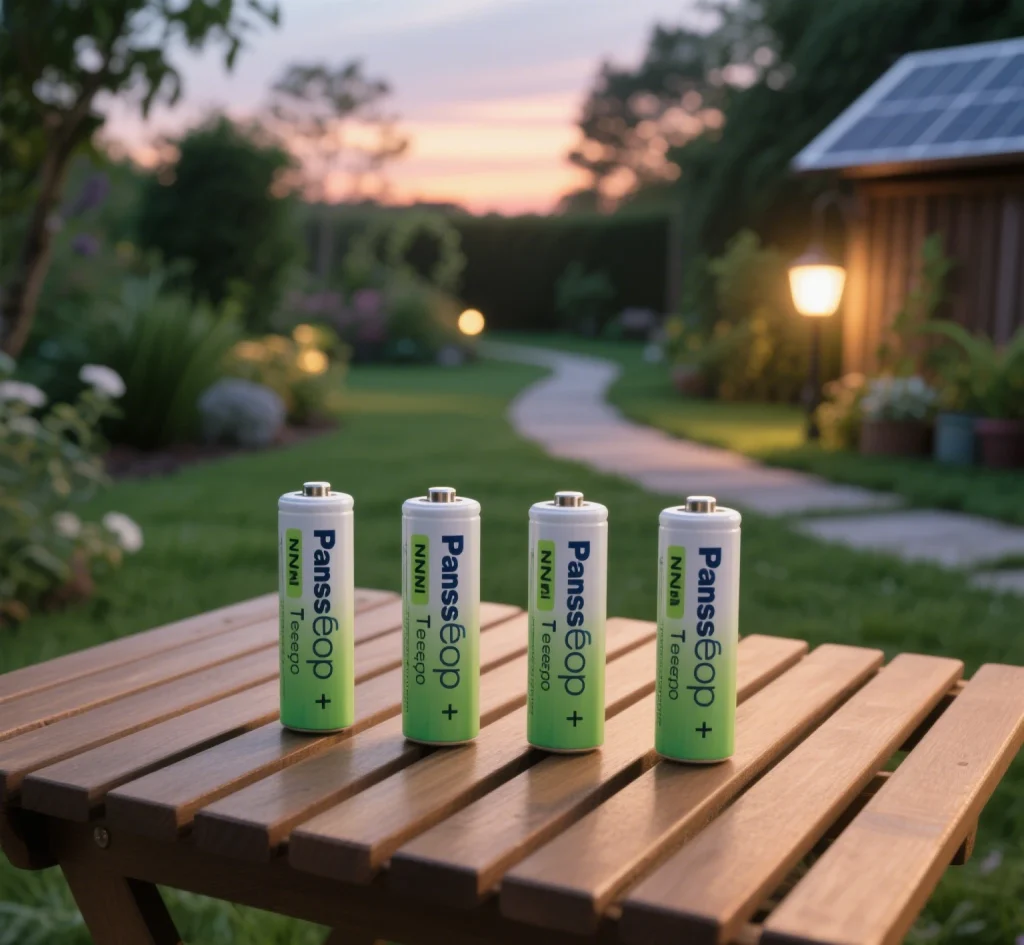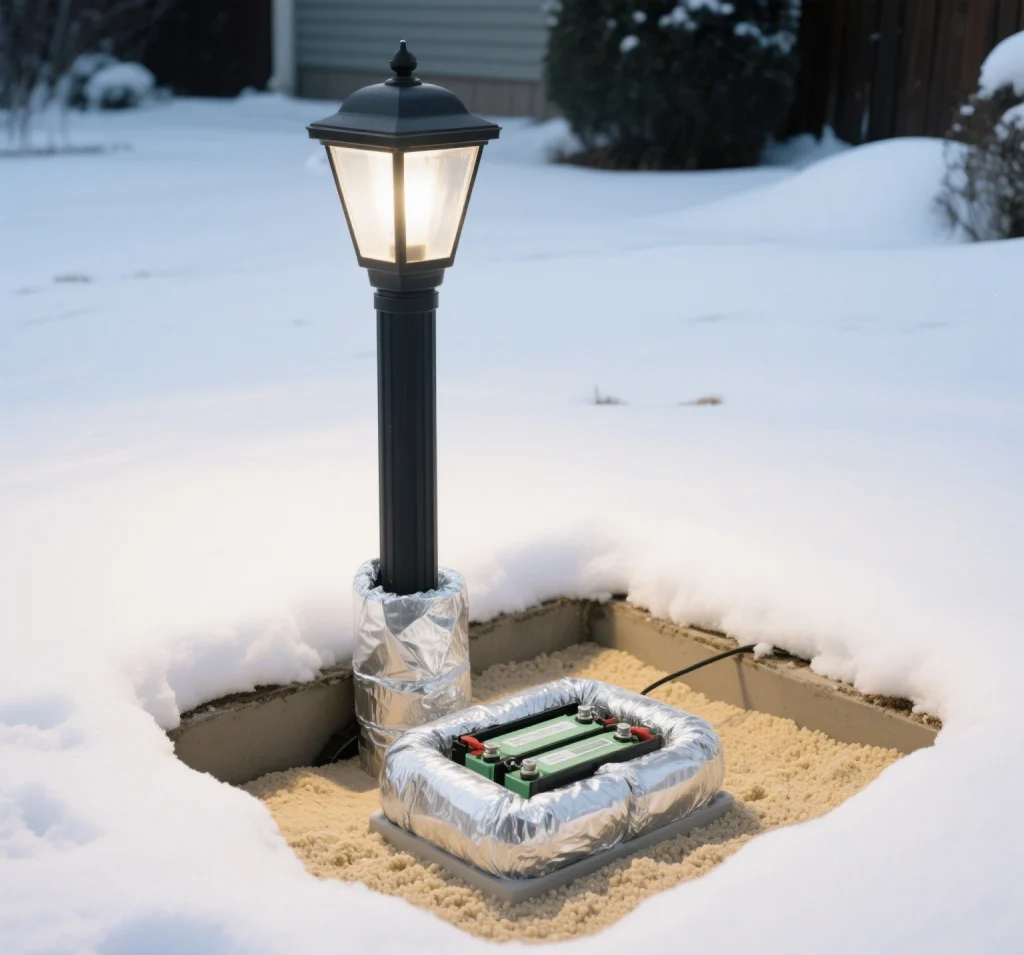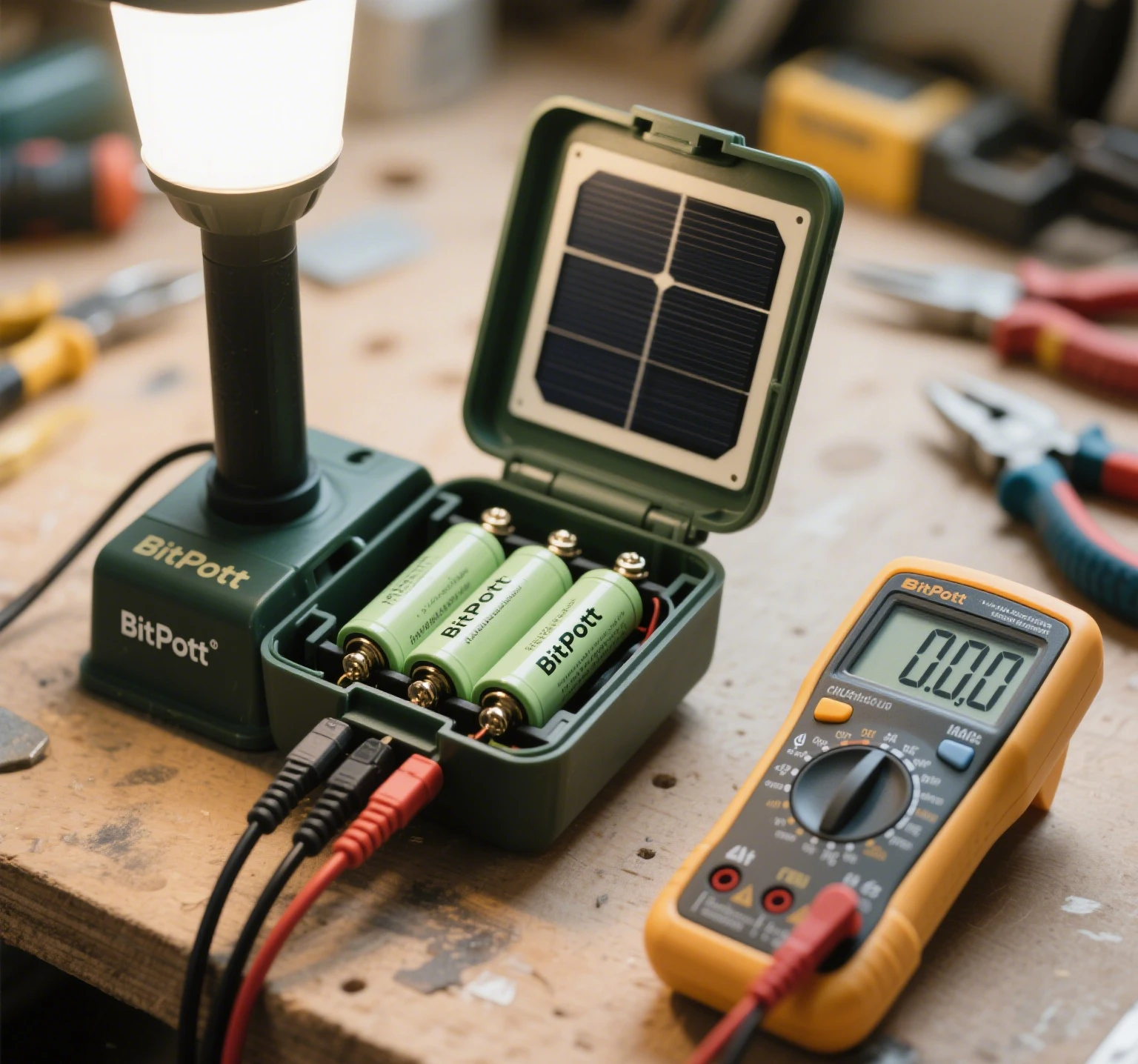Introducing the Popularity and Importance of Solar Powered Garden Lights Battery Life
Solar powered garden lights have become a cornerstone of modern outdoor living, offering an eco-friendly, cost-effective, and aesthetically pleasing way to illuminate gardens, pathways, patios, and balconies. These lights harness solar energy to power LED bulbs, eliminating the need for electrical wiring or frequent battery replacements, making them a sustainable choice for homeowners and event planners. As their popularity grows, one critical factor stands out in determining their performance and user satisfaction: solar powered garden lights battery life.

The battery life of solar garden lights directly impacts their reliability, illumination duration, and overall functionality. A robust battery ensures that lights remain bright throughout the night, enhancing safety and ambiance in outdoor spaces. Conversely, a short-lived or poorly performing battery can lead to dim or inconsistent lighting, reducing the appeal and utility of these eco-conscious devices. Understanding the factors that influence battery life and how to optimize it is essential for maximizing the value of solar powered garden lights. This guide explores battery types, factors affecting lifespan, and practical strategies for extending solar powered garden lights battery life, empowering users to make informed decisions and maintain their lights effectively.
Common Solar Garden Light Battery Types and Lifespans
The battery is the heart of any solar powered garden light, storing energy collected by the solar panel during the day to power the LEDs at night. Different battery types offer varying lifespans, capacities, and performance characteristics. Below are the most common types used in solar garden lights and their typical lifespans.
Lead-Acid Batteries
Lead-acid batteries are one of the oldest types used in solar lighting systems, valued for their affordability and availability. They typically have a capacity of 1000–2000mAh and a lifespan of 1–2 years or 300–500 charge-discharge cycles. While reliable in stable conditions, lead-acid batteries are sensitive to extreme temperatures and over-discharging, which can significantly reduce their lifespan. Their heavier weight and larger size make them less common in modern, compact solar garden lights.
Lithium-Ion Batteries
Lithium-ion batteries are increasingly popular in solar powered garden lights due to their high energy density, compact size, and longer lifespan. With capacities ranging from 800–2200mAh, they typically last 2–4 years or 500–1000 charge-discharge cycles. These batteries perform well in a wide range of temperatures and are less prone to memory effect, making them a durable and efficient choice. However, they are more expensive than other types and require proper management to avoid overcharging.
Nickel-Metal Hydride (Ni-MH) Batteries
Nickel-metal hydride (Ni-MH) batteries are the most common type found in solar garden lights, striking a balance between cost, performance, and durability. With capacities of 600–1200mAh, they typically last 2–3 years or 500–800 charge-discharge cycles. Ni-MH batteries are environmentally friendlier than lead-acid batteries and perform well in moderate climates. However, they can suffer from self-discharge in high temperatures, which may shorten their effective lifespan if not properly maintained.
Each battery type has its strengths and weaknesses, and the choice depends on the specific design and intended use of the solar garden light. Understanding these differences is crucial for evaluating solar powered garden lights battery life and selecting a product that meets your needs.
Factors Affecting Solar Powered Garden Lights Battery Life
Several factors influence the longevity and performance of batteries in solar powered garden lights. By understanding these, users can take proactive steps to optimize solar powered garden lights battery life.
Charge and Discharge Cycles
A battery’s lifespan is largely determined by the number of charge-discharge cycles it can endure. Each cycle involves charging the battery during the day and discharging it at night to power the light. Over time, repeated cycles degrade the battery’s capacity, reducing its ability to hold a charge. High-quality batteries with more cycles (e.g., lithium-ion with 500–1000 cycles) will last longer than lower-quality options.
Ambient Temperature
Temperature plays a significant role in battery performance. Extreme heat (above 35°C/95°F) can accelerate chemical degradation in batteries, particularly Ni-MH and lead-acid types, leading to reduced capacity. Conversely, cold temperatures (below 0°C/32°F) can slow chemical reactions, causing temporary reductions in performance. Lithium-ion batteries are more resilient to temperature fluctuations but still benefit from moderate conditions.
Battery Quality
The quality of the battery itself is a critical factor. Reputable brands use high-grade cells with consistent performance and longer lifespans, while cheaper models may use lower-quality batteries that degrade quickly. Checking for certifications, such as UL or CE, and reading user reviews can help identify reliable products.
Usage Habits
How the lights are used also affects battery life. Leaving lights on continuously, even during the day, can over-discharge the battery, shortening its lifespan. Similarly, placing the solar panel in a shaded area reduces charging efficiency, forcing the battery to work harder. Proper usage habits, such as ensuring adequate sunlight exposure and turning off lights when not needed, can significantly extend solar powered garden lights battery life.

How to Extend Solar Powered Garden Lights Battery Life
Maximizing the lifespan of solar garden light batteries requires proper installation, regular maintenance, and smart usage practices. Below are effective strategies to ensure optimal performance and longevity.
Proper Installation
Correct installation is the foundation of efficient battery performance. Position the solar panel in a location that receives 6–8 hours of direct sunlight daily, ideally facing south in the Northern Hemisphere. Avoid areas shaded by trees, buildings, or other obstructions, as insufficient charging reduces battery life. For adjustable or detachable panels, orient them to maximize sunlight exposure. Ensure the lights are securely staked or mounted to prevent damage from wind or movement.
Regular Maintenance
Routine maintenance keeps solar panels and batteries in top condition. Clean the solar panel every 1–2 months with a soft, damp cloth to remove dust, dirt, or debris that could block sunlight. Inspect the battery compartment for signs of corrosion or water ingress, especially after heavy rain, and clean it gently if needed. For lights with replaceable batteries, check the battery condition annually and replace it if illumination time decreases significantly.
Intelligent Control
Many modern solar garden lights feature intelligent control systems, such as light sensors or timers, that optimize battery usage. Light sensors automatically turn lights on at dusk and off at dawn, preventing unnecessary discharge during the day. Some models include an on/off switch, allowing users to conserve battery life during periods of non-use, such as during winter storage. Utilizing these features can significantly extend solar powered garden lights battery life.
Seasonal Maintenance
Seasonal changes can impact battery performance. In winter, reduced sunlight hours may limit charging, so consider repositioning panels to capture maximum daylight or storing lights indoors during prolonged cloudy periods. In summer, protect batteries from overheating by ensuring proper ventilation around the solar panel and light unit. For regions with extreme weather, such as heavy snow or hurricanes, remove and store lights to prevent damage.
Battery Lifespan Management and Replacement
Effective management of solar powered garden lights battery life includes knowing when to replace batteries and how to dispose of them responsibly.
Determining When to Replace Batteries
Signs that a battery needs replacement include significantly reduced illumination time (e.g., lights dimming after a few hours), failure to turn on despite adequate sunlight, or visible corrosion in the battery compartment. Most batteries last 2–4 years, depending on the type and usage conditions. To test battery performance, fully charge the light in direct sunlight for 6–8 hours, then cover the solar panel to trigger the light sensor. If the light remains dim or fails to illuminate, the battery likely needs replacement.
How to Replace Batteries
Many solar garden lights use replaceable batteries, typically AA or AAA Ni-MH or lithium-ion types. To replace the battery:
- Turn off the light and remove it from the ground or mounting.
- Open the battery compartment, usually located near the solar panel or light unit.
- Carefully remove the old battery, noting its size and type (e.g., AA Ni-MH 800mAh).
- Insert a new battery of the same type and specifications, ensuring correct polarity (+/-).
- Close the compartment securely and test the light by covering the solar panel. Always purchase high-quality replacement batteries from reputable brands to ensure compatibility and longevity. Some lights have non-replaceable batteries, in which case the entire unit may need to be replaced.
Disposal of Used Batteries
Proper disposal of old batteries is crucial for environmental safety. Ni-MH and lithium-ion batteries contain materials that can be harmful if not recycled properly. Check local regulations for battery recycling programs, often available at electronics stores, recycling centers, or municipal waste facilities. Avoid disposing of batteries in regular trash, as this can contribute to environmental pollution. Some manufacturers offer take-back programs for their products, so contact the brand for guidance.
Reviewing Key Factors and Effective Methods for Extending Solar Powered Garden Lights Battery Life
The battery life of solar powered garden lights is a critical factor in their performance, reliability, and user satisfaction. By understanding the types of batteries used—lead-acid, lithium-ion, and Ni-MH—and their respective lifespans, users can make informed purchasing decisions. Factors such as charge-discharge cycles, ambient temperature, battery quality, and usage habits significantly influence solar powered garden lights battery life, but proactive measures can mitigate their impact.
To extend battery life, proper installation in sunny locations, regular cleaning of solar panels, and the use of intelligent control features are essential. Seasonal maintenance, such as protecting lights from extreme weather or storing them during off-seasons, further enhances longevity. When batteries reach the end of their lifespan, timely replacement and responsible disposal ensure continued performance and environmental responsibility.
By prioritizing solar powered garden lights battery life management, users can enjoy vibrant, sustainable outdoor lighting for years. Investing in high-quality lights, adopting smart usage habits, and following maintenance best practices will maximize the value and beauty of these eco-friendly solutions, creating enchanting outdoor spaces that shine night after night.

Comments